#Ttac
Abandoned History: The Life and Times of Edsel, a Ford Alternative by Ford (Part V)
Thus far in Abandoned History’s coverage of Edsel, we’ve learned about the brand’s introduction to the American consumer, and the immediate confusion its pricing caused. As far as product, thus far we’ve covered two of the four single-year Edsel models: Pacer and Citation. While those two models were sedans, there were also two Edsel wagons that bit the dust after one year. Meet the Roundup.
Rare Rides Icons: The History of Kia's Larger and Full-size Sedans (Part XII)
In our last installment of Kia’s large sedan history, we took a look at the second generation Cadenza. With its second salvo at the likes of the Toyota Avalon and the Buick Lacrosse, Kia planned to capture the near-luxury sedan customer who cared about value. Unfortunately, the Cadenza didn’t excel at anything in particular, and failed to stand out against more established competition.
A similar story played out a few years before when Kia introduced the first full-size rear-drive luxury car it ever designed in-house. Called the K9 (Quoris or K900 elsewhere), the large sedan shared a platform with the new rear-drive Hyundai Equus. Both sedans were the flagship offerings at their respective brands.
The Equus was flashy and almost American-inspired, while the K9 was conservative and understated. But it turned out a large and anonymous looking luxury car was not to the taste of most customers. Even in its home market, buyers vastly preferred the Equus and its large winged hood ornament. What was Kia to do?
Rare Rides Personas: Powel Crosley Junior, Tiny Cars, Radio, and Baseball (Part III)
We pick up our coverage of the life and times of Powel Crosley Jr. in 1916. At 30 years old, Crosley had a spouse of six years and two young children. He’d given up car-selling ventures in Indiana for a permanent return to his native land of Cincinnati.
His experiences in car sales and hype in Indiana turned the inventor into a marketing man, and Crosley’s main source of income was ad copy. He did that in between short-lived side jobs at small local automotive companies (that all went bust). All the while Crosley kept one eye on the automobile market and took notice of just how common and numerous the automobile had become on American roads. It was almost time for a new car venture.
Rare Rides Icons: Lamborghini's Front-Engine Grand Touring Coupes (Part VIII)
We return to our Rare Rides Icons coverage of Lamborghini’s front-engine coupes at a moment of relative triumph. After three earlier design proposals failed to pass muster with Ferruccio Lamborghini, a fourth received approval and was chosen as the 400GT’s replacement. Part of an in-house collaborative effort between Mr. Lamborghini, Carrozzeria Marazzi, and Lamborghini’s engineers, the resulting coupe was sedate, elegant, and not that removed from the outgoing 400GT 2+2.
Rare Rides Icons: The History of Stutz, Stop and Go Fast (Part XIX)
Today we find ourselves in the 19th chapter of Stutz historical coverage. In the early Eighties Stutz (somewhat) successfully branched out from its Blackhawk-only product line, and made the Bearcat targa, the Bearcat II convertible, some SUVs for dictatorial armament and parade usage, as well as sedans and limousines.
We’re in the latter group of automobiles at the moment. So far we’ve covered the one-off Duplex that found no customers, and its successor the IV-Porte that did. After the IV-Porte came the Victoria, which added 10 additional inches to IV-Porte’s base, the B-body Bonneville. Victoria survived the Bonneville’s full-size demise in 1981 and moved its basis to the similar Oldsmobile 88 in 1982. Around that time Stutz added an even more exclusive, larger, and more garish sedan to the lineup. Let’s talk about Diplomatica.
Rare Rides Icons: The Lincoln Mark Series Cars, Feeling Continental (Part XII)
Lincoln was in a bad way at the turn of the Sixties, both financially and in terms of its product. The company lost hundreds of millions (adjusted) in the early and middle portion of the decade, when it invested in and then promptly canceled the Continental Division. Attempting a rebound, Lincoln dumped lots more cash into a new unibody platform that was exclusive to Lincoln models.
The new lineup was on sale from 1958 to 1960 and was unfortunately introduced at the start of a sharp economic recession. However, even after the recession ended Lincoln’s gaudy and overworked styling caused customers to steer clear of Lincoln and purchase Cadillacs instead. Lincoln lost $60 million ($550 million adj.) more.
1961 heralded the arrival of an all-Continental lineup, the Elwood Engel design that was instantly popular and saved the company. However, the new and streamlined (in all ways) Lincoln lineup spared no room for a Continental Mark series. The Mark slumbered until 1968.
Rare Rides Icons, The Nissan Maxima Story (Part II)
Abandoned History: The Life and Times of Edsel, a Ford Alternative by Ford (Part IV)
In our last edition of Abandoned History, we found ourselves in the earliest days of Edsel sales in 1958. The new company offered a full lineup of four sedan-based models and three different wagons. But because Edsel failed so spectacularly, 1958 was the only year it had a broad product offering. Four of seven models were eliminated before the company’s second model year.
Last time we covered the cheapest of the one-offs, the Pacer. Its near entry-level status confused customers as it wasn’t exactly a cheap vehicle at $2,700 ($27,973 adj.) before options like a heater or radio. Pacer was also based on a Ford, but priced more like a Mercury. Still, the Pacer found 19,057 customers in its only year; many more than the upmarket Citation found during its outing.
Rare Rides Icons: The History of Kia's Larger and Full-size Sedans (Part XI)
Kia’s second attempt at a K7 (Cadenza in North America) arrived at a time when the company fully embraced a styling language of its own. More upscale and nicer to look at than the derivative generation of 2010 to 2016, the new Cadenza debuted in all global markets for 2017. Kia was hopeful the second Cadenza would sell better than the first one, particularly in North America. Any predictions on how that went?
Rare Rides Personas: Powel Crosley Junior, Tiny Cars, Radio, and Baseball (Part II)
We return today to our coverage of the life and times of Powel Crosley Junior, the first subject in our new Rare Rides Personas series. Born in Cincinnati in 1886, Crosley was the son of a lawyer and the eldest of four. From an early age, he showed adeptness at engineering and technology but lacked an interest in the classroom learning behind it.
He and his brother Lewis built their first car - an EV wagon - at ages 12 and 10 to win a bet with their father. It was the first of many car ventures for Crosley, who was completely fascinated with the up-and-coming automobile. By age 21 he was raising funds to start a car company.
Rare Rides Icons: Lamborghini's Front-Engine Grand Touring Coupes (Part VII)
When we last left Lamborghini’s front-engine coupe timeline, Ferruccio Lamborghini found himself about out of time to designate a replacement for the 400GT 2+2. Touring’s Flying Star II two-seat shooting brake was radical and possessed neither the restrained GT styling Mr. Lamborghini desired, nor the full four-place capacity. The company turned to Bertone and design legend Marcelo Gandini, who proposed the four-seat Marzal.
The Marzal’s design was as radical as the Flying Star if not more, and had gullwing doors and an interior filled with silver textile. After it debuted Ferruccio remarked how the Marzal was just a fun design exercise and was not intended to be a production car. Whether that statement was actually true remains unclear, but seems unlikely given the events that occurred post-Marzal. Lamborghini needed a real production design, and fast.
Rare Rides Icons, The Nissan Maxima Story (Part I)
With the recent and not surprising news of the Nissan Maxima’s planned demise in 2023, it’s time for a Rare Rides retrospective on a nameplate that was once lauded as one of the best sporty sedans on the market. From its origins as a rear-drive Datsun to the eighth generation that’s a shadow of its former self, the Maxima persisted with its unique value proposition: That it was a step up from the standard Japanese family sedan. Our story begins in Japan, with the Bluebird range.
Rare Rides Icons: The Lincoln Mark Series Cars, Feeling Continental (Part XI)
We resume our Mark series coverage in the 1960 model year, which happened to be a last-of for several reasons. It was the last of the unibody Lincoln lineup that debuted in 1958, the Continental Mark line of models, and for Lincoln’s model naming scheme as a whole. We covered the visual edits in our last entry; a return to some of the garishness of 1958 that Elwood Engel tried to tone down in 1959. With the additional gingerbread hanging off of every possible surface of the Mark V Continentals for 1960, the lineup grew larger in every direction and heavier than ever before.
Rare Rides: The 1996 Toyota Classic, Truck-based Throwback
Today’s Rare Ride is brought to you by a Tweet that featured today’s subject and was the exact moment your author became aware of its existence. Released in the Nineties prior to the American retro styling craze, the Classic was a limited edition sedan sold only to Japanese customers. Curious yet?
Rare Rides Icons: The History of Stutz, Stop and Go Fast (Part XVIII)
We return to our historical Stutz coverage once more today and continue reveling in the four-door sides the neoclassical entity offered alongside the Blackhawk, its sole entree. In our past two installments, we covered the first two sedans offered by Stutz, the Duplex and the IV-Porte.
While the Duplex was a one-off and based on either a Cadillac Fleetwood or a Pontiac Grand Prix (it’s unclear), the IV-Porte traced its lineage very clearly to the B-body Pontiac Bonneville. Offered from 1979 to 1981, the IV-Porte found around 50 customers for its GM-adjacent and gold-plated styling. At the time of the Bonneville’s demise, Stutz was happy with the decent sales clip of the IV-Porte and was not about to go without a sedan offering. Enter Victoria.



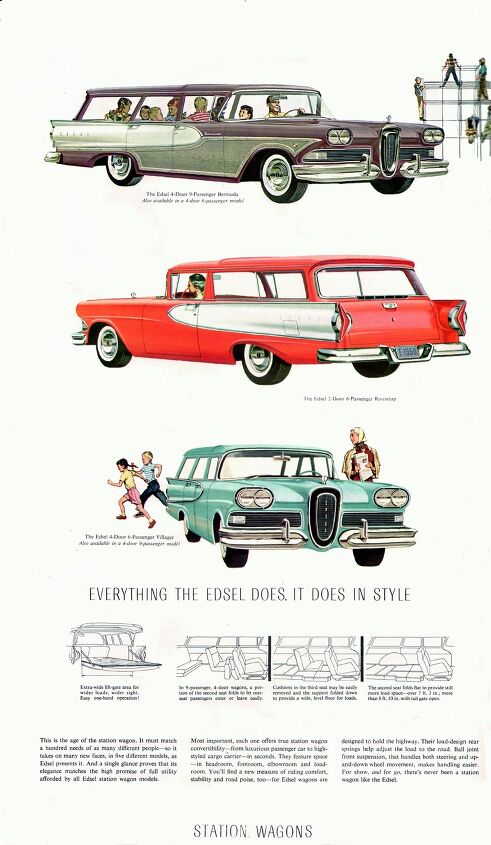
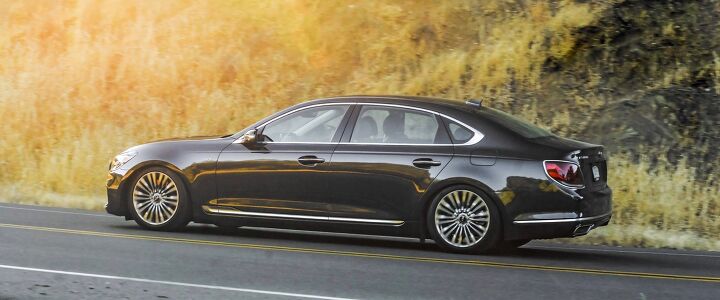
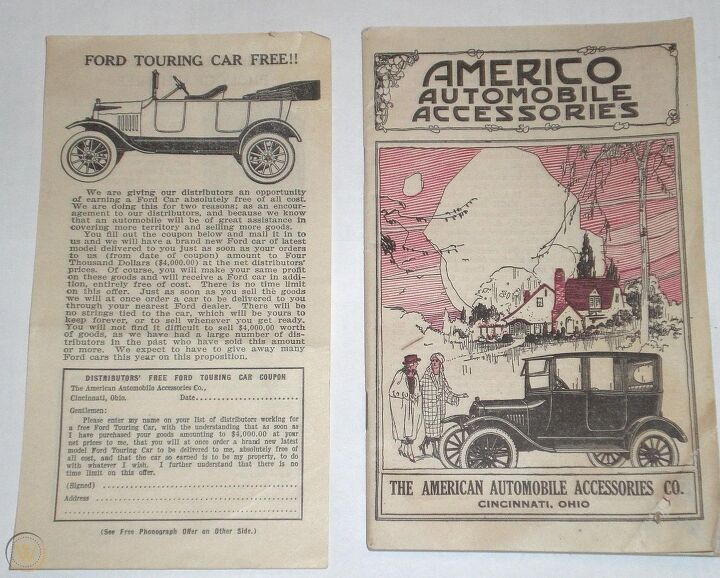
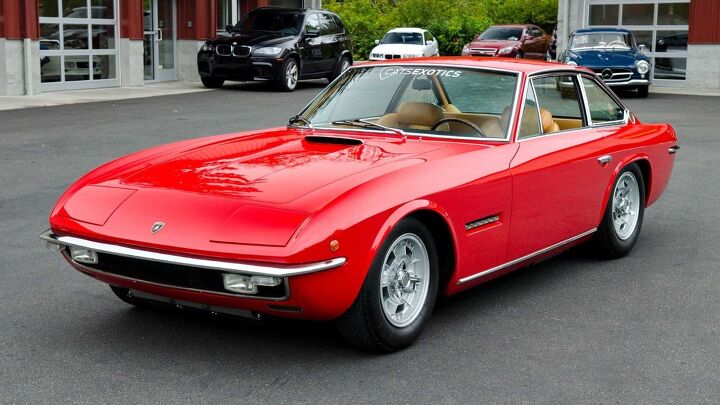
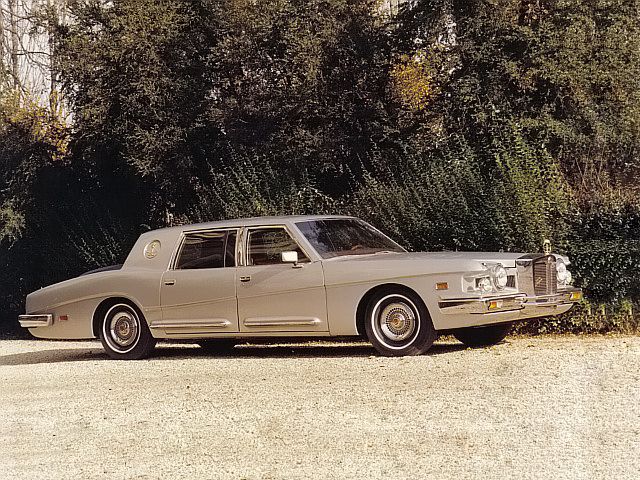
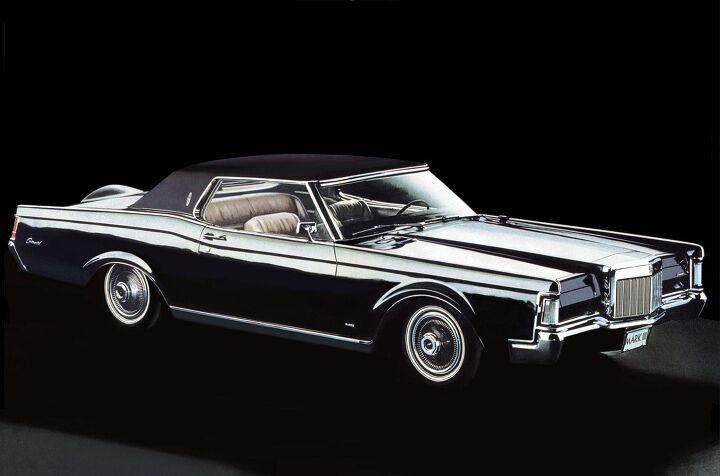
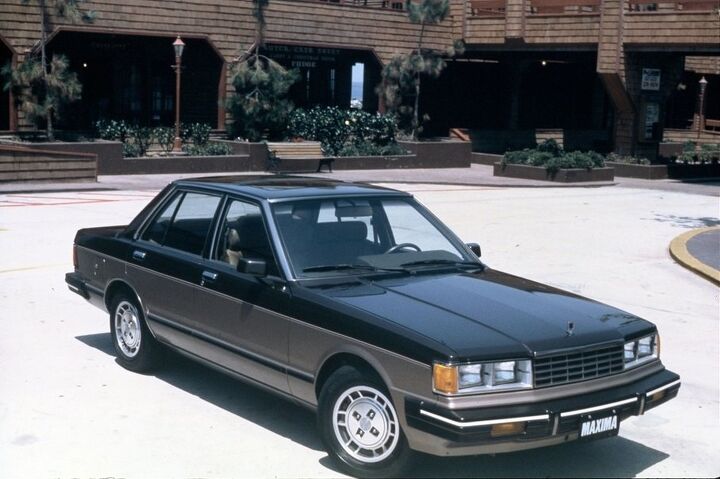
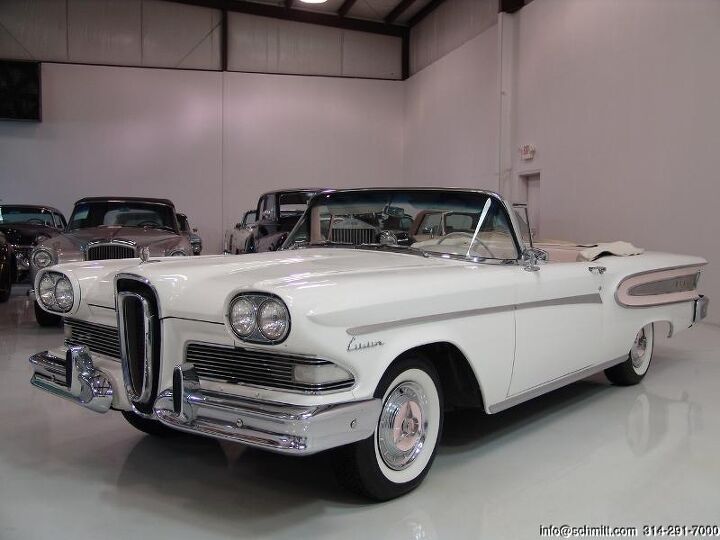


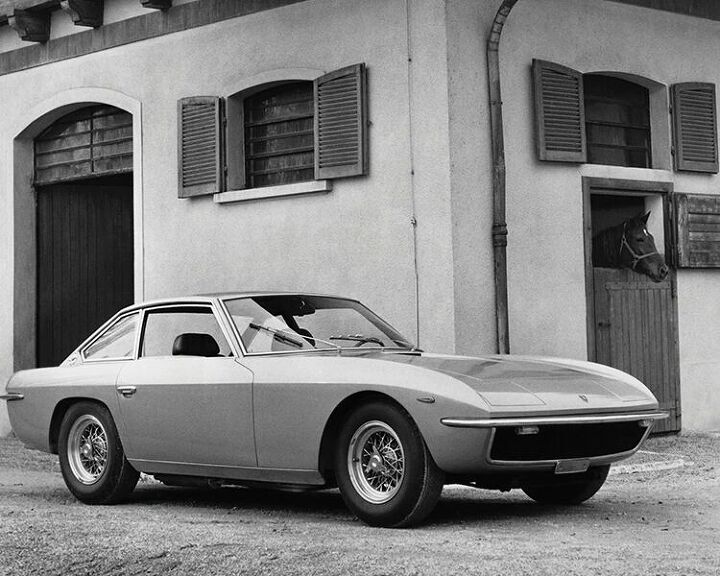
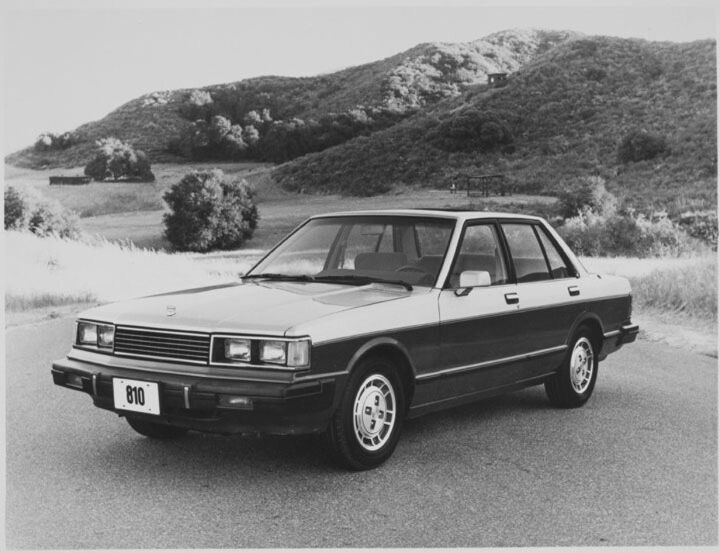
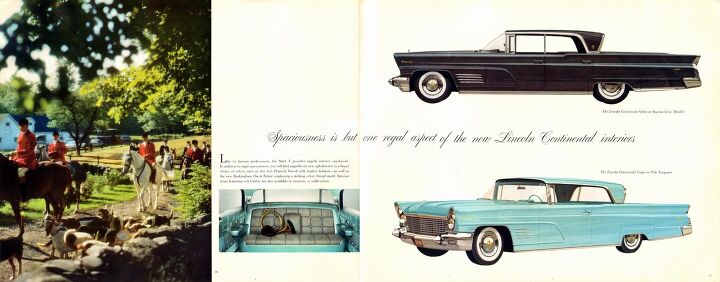
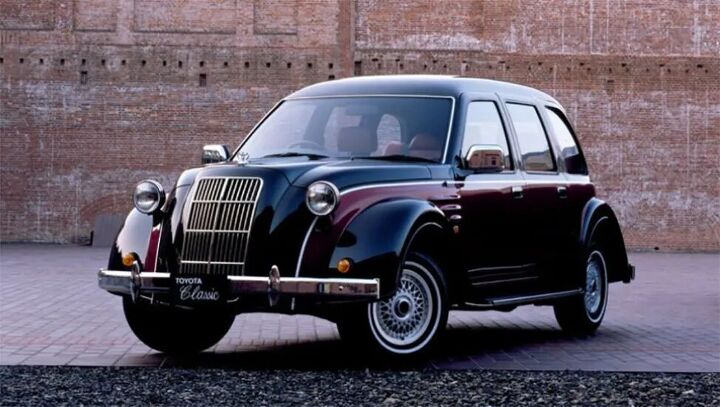
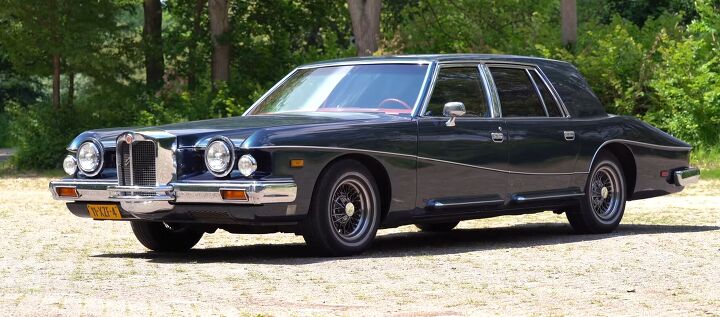












Recent Comments